Artificial food dyes have colored our plates for decades—think neon snacks, vibrant cereals, and glow-in-the-dark drinks. But now, a major shift is happening. Some of the world’s biggest food companies are turning the page on synthetic colors, committing to cleaner labels and naturally derived hues by 2027. From pantry staples to freezer favorites, brands like Kraft Heinz, General Mills, and Nestlé are making bold moves toward transparency and health-conscious reformulation. Yet while most of the industry is jumping on the dye-free bandwagon, one candy giant is digging in its colorful heels—insisting Americans just aren’t ready to give up the rainbow.
1. Kraft Heinz Ditches Rainbow Chemicals
America’s mealtime staples are getting a color makeover at Kraft Heinz. The food giant has committed to eliminating all artificial FD&C colors by the end of 2027, focusing on household favorites like Crystal Light, Kool-Aid, Jell-O, and Jet-Puffed marshmallows.
Many Kraft products have already made the switch to natural colorings derived from fruits, vegetables, and spices. This shift represents a significant change for products that have historically relied on vibrant artificial colors to catch consumers’ eyes.
The company’s decision follows years of consumer advocacy and growing research suggesting potential links between synthetic dyes and behavioral issues in some children. For parents concerned about what’s in their kids’ food, this change offers welcome peace of mind.
2. General Mills Pours Out Artificial Colors
Your morning cereal bowl is about to get a natural glow-up. General Mills has announced plans to eliminate artificial colors from all its cereals by 2026, including childhood favorites like Trix, Lucky Charms, and Cheerios. The company aims to extend this commitment across all U.S. products by 2027.
Remember when Trix briefly went all-natural in 2016, losing some of its vibrant colors? After consumer backlash, General Mills brought back some artificial versions. This time, they’re investing in better natural alternatives that maintain the visual appeal kids love.
The cereal giant’s decision reflects growing consumer demand for cleaner ingredients while acknowledging the challenge of matching the bright, fun colors that have defined these brands for generations.
3. Conagra Brands Colors Outside the Chemical Lines
From frozen dinners to cake mixes, Conagra Brands is embracing a more natural palette. The company behind Marie Callender’s, Healthy Choice, Slim Jim, Duncan Hines, and Snack Pack has pledged to remove all synthetic dyes from its products by 2027.
This commitment covers a massive range of pantry and freezer staples found in millions of American homes. For products like Snack Pack puddings and Duncan Hines frostings, where vibrant colors are part of the appeal, the challenge is finding natural alternatives that maintain the visual excitement consumers expect.
Conagra’s move signals a major shift in the processed food industry, where artificial colors have long been used to enhance visual appeal and mask natural color variations in mass-produced foods.
4. Nestlé USA Naturally Recolors Your Freezer Favorites
The world’s largest food company is making big changes to its American product line. Nestlé USA has committed to removing all FD&C dyes by mid-2026 from popular brands like Stouffer’s, Lean Cuisine, DiGiorno, Hot Pockets, and Nesquik chocolate milk.
Already ahead of the game, Nestlé reports that 90% of its products are now free from artificial colors. For decades, these synthetic dyes helped frozen meals look appetizing after microwave heating and gave chocolate milk that rich brown color kids associate with chocolate flavor.
Fun fact: Nestlé began this transition years ago in Europe, where regulations on artificial colors have been stricter. The company is now bringing those same standards to American consumers who increasingly scan ingredient lists for unwanted additives.
5. PepsiCo Snacks and Drinks Get a Natural Makeover
The snack and beverage giant behind Doritos, Cheetos, Mountain Dew, Ruffles, and Gatorade is quietly transforming its colorful product lineup. PepsiCo has been phasing out artificial dyes across its brands to meet self-imposed 2027 goals.
Mountain Dew’s electric green and Doritos’ neon orange dust are iconic parts of these brands’ identities. Finding natural alternatives that maintain these signature looks has been a priority for PepsiCo’s research teams. The company faces the unique challenge of reformulating products where the artificial color is practically part of the brand experience.
PepsiCo’s size makes this commitment particularly significant – when a company with this much market share makes ingredient changes, it often leads suppliers to develop better natural alternatives that benefit the entire food industry.
6. J.M. Smucker Spreads Natural Color Commitment
The company famous for jellies and jams is extending its natural approach to colors across its diverse product line. J.M. Smucker Co. has announced plans to remove synthetic dyes from its sugar-free fruit spreads, recently acquired Hostess items, and ice cream toppings by 2026-2027.
For a company with roots in fruit preservation, this move aligns with Smucker’s heritage of working with natural ingredients. The bigger challenge comes with its newer acquisitions like Hostess snack cakes, where artificial colors have long been part of the appeal of treats like Twinkies and cupcakes with their vibrant frosting swirls.
Many consumers might be surprised to learn that even fruit spreads sometimes contain artificial colors to maintain consistent appearance year-round – a practice Smucker is now committed to ending.
7. Hershey Sweetens Its Ingredient List
The chocolate and snack giant is taking a more natural approach to color. Hershey has announced plans to eliminate synthetic dyes from its snack brands, including SKINNYPOP popcorn, by the end of 2027.
While many of Hershey’s chocolate products already use few artificial colors, its expanding snack portfolio presents new challenges. The company has been diversifying beyond traditional chocolate candies into the broader snack market, where colorful packaging and product appearance often drive consumer choices.
Interestingly, Hershey’s commitment comes at a time when the company is balancing tradition with innovation. As one of America’s oldest and most beloved food companies, Hershey’s shift away from artificial ingredients signals a broader industry recognition that even treats and indulgences can be made with cleaner ingredient lists.
8. Mars Inc. Stands Firm on Artificial Rainbow
While other companies make changes, Mars Inc. is holding its colorful ground. The maker of M&M’s and Skittles has refused to eliminate artificial dyes from its products, with no public plans to change course despite industry trends.
Mars cites several reasons for this decision: the high cost of natural alternatives, consumer preference for the bright, consistent colors their candies are known for, and limited natural options that can achieve the same visual impact. The company’s iconic candies rely heavily on their vibrant appearances – after all, how do you “taste the rainbow” if the rainbow’s colors are muted?
This stance puts Mars increasingly at odds with competitors and consumer advocacy groups who argue that if other major brands can make the switch, Mars could too – especially for products marketed heavily to children.
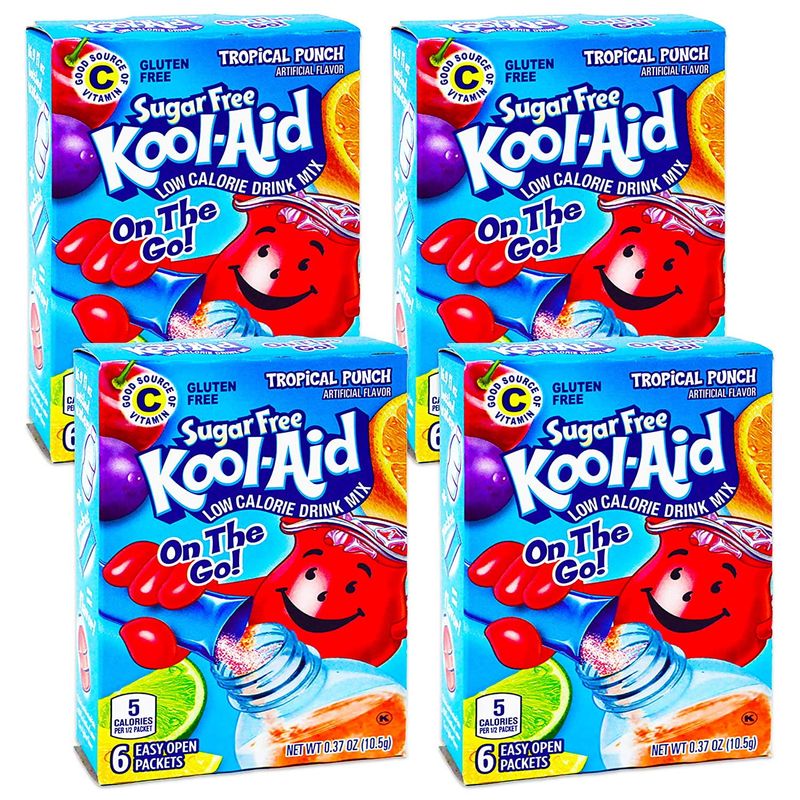
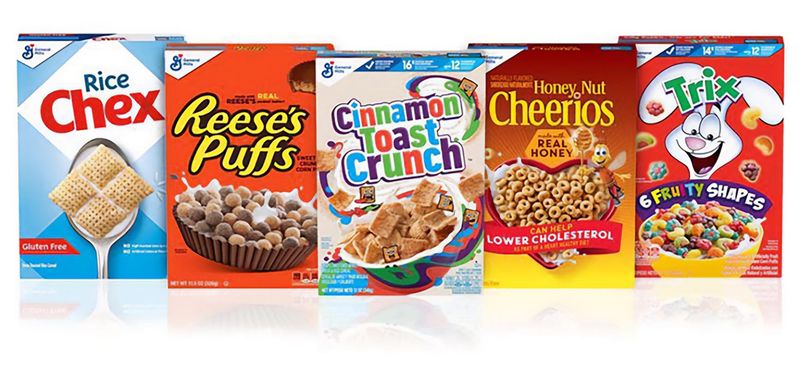
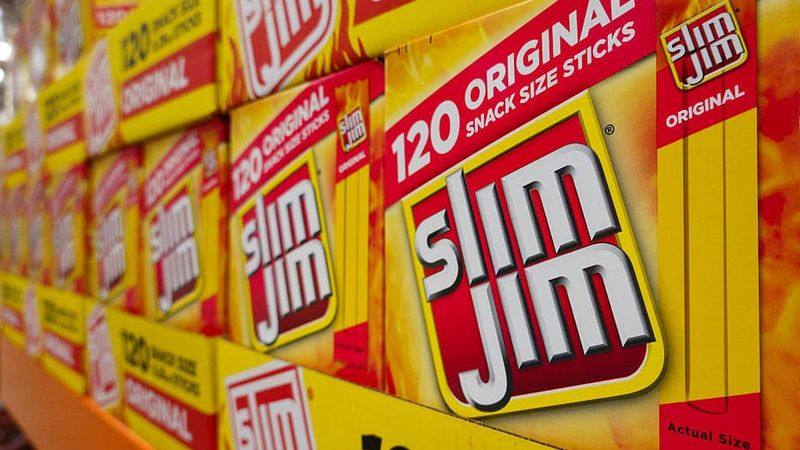
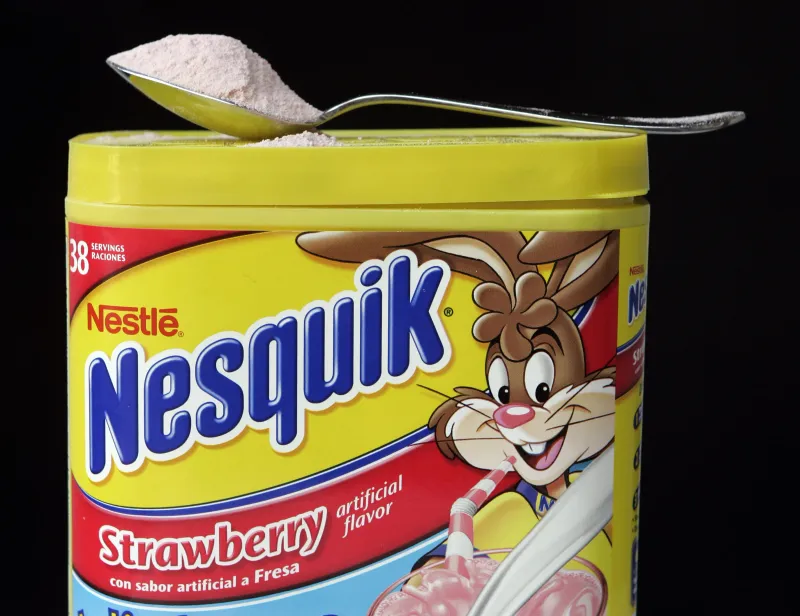
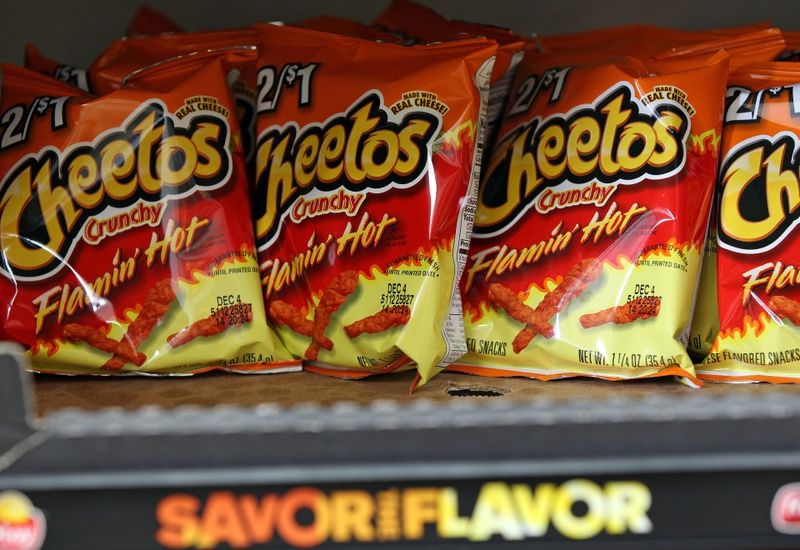
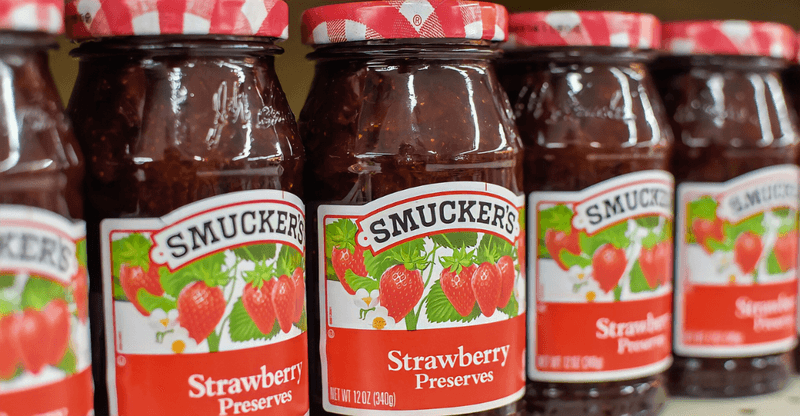
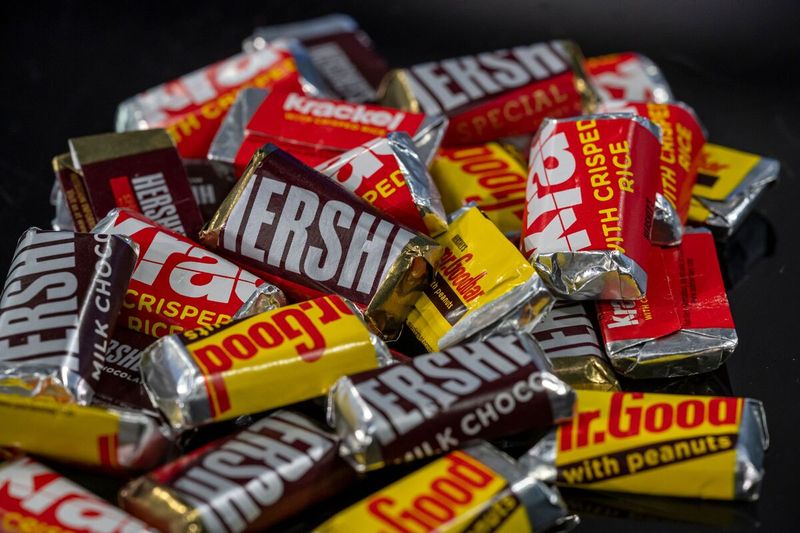
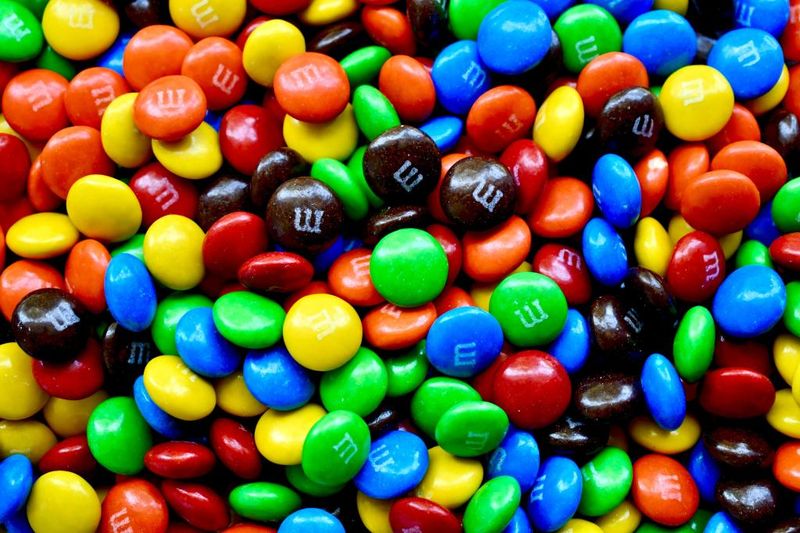
Leave a comment